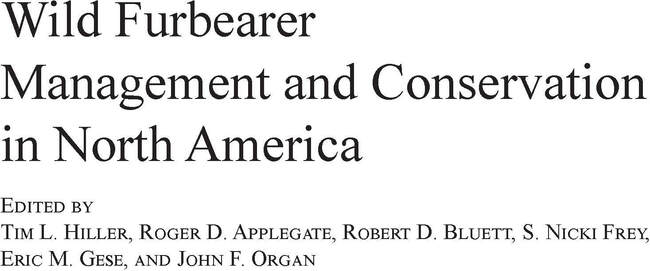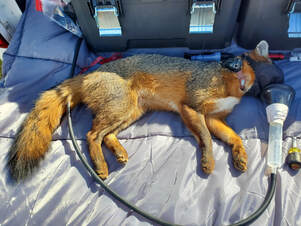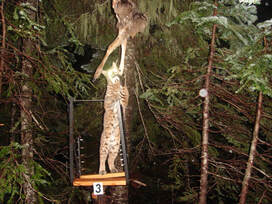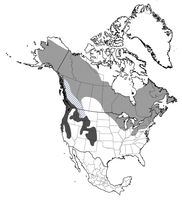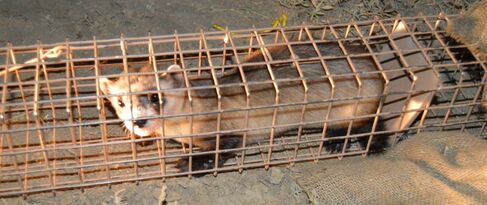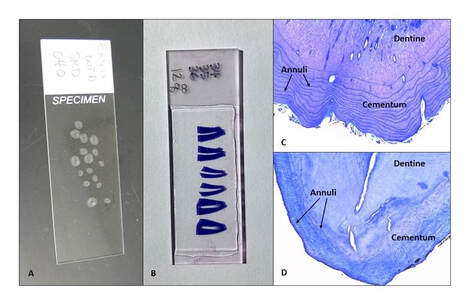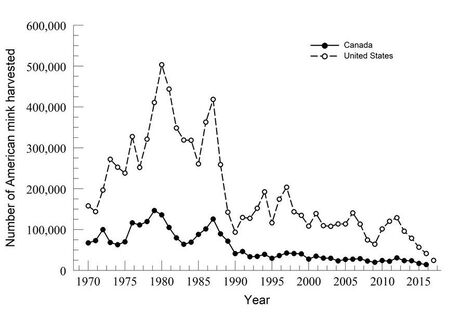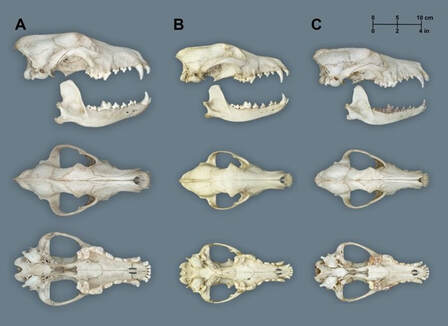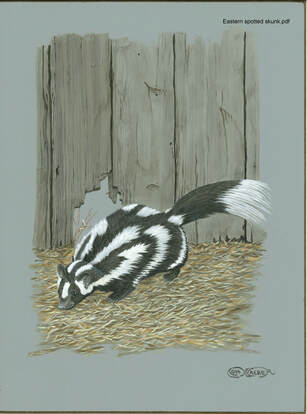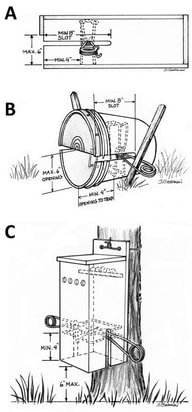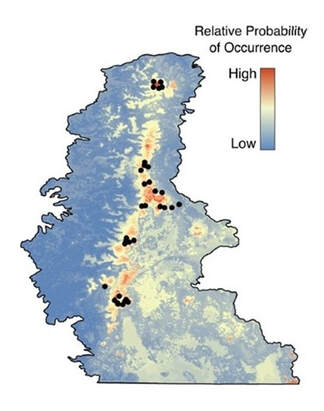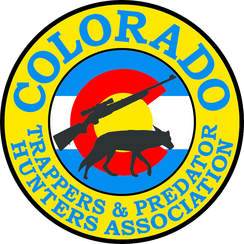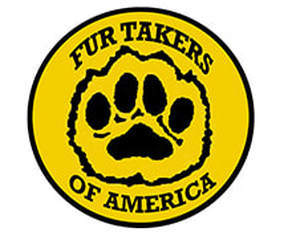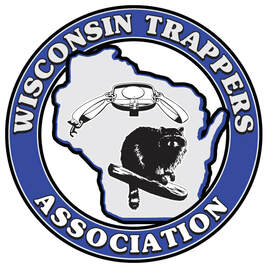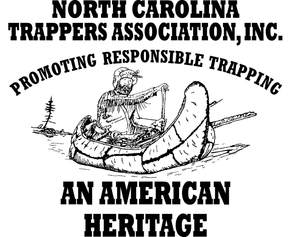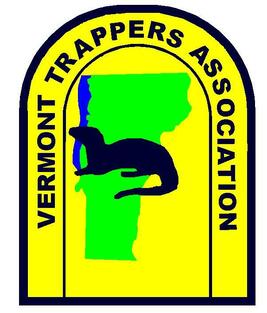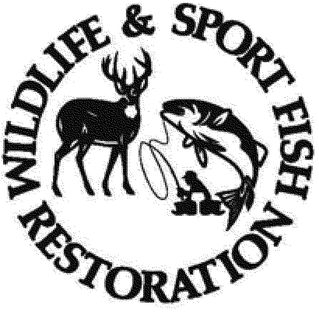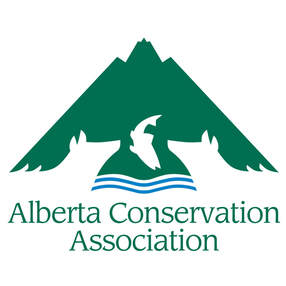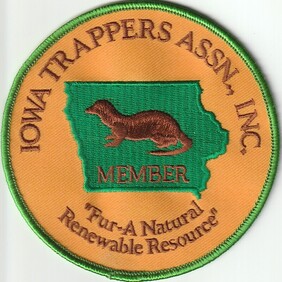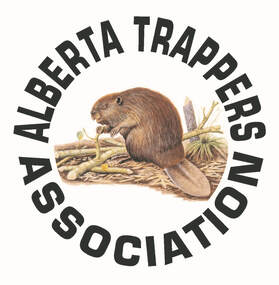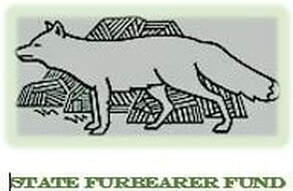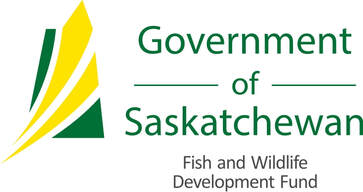- 66 chapters from more than 140 authors in Canada, Mexico, and the United States
- Chapters published online at no cost for readers to download (currently available chapters in bold red text below)
- Online chapters will be Early View, and at no cost, to get them into your hands more quickly
- Hardcopies available after all chapters are published online
- To receive email notifications of published chapters, please contact us at [email protected]
If you are familiar with the 1987 book, Wild Furbearer Management and Conservation in North America, you know that it included 71 chapters spanning 1,150 pages and is still often referred to as the “bible for furbearer management.” However, much has changed during the past three decades.
Wildlife Ecology Institute is producing a book by the same title to provide critical and accurate information on contemporary furbearer management, including topics such as DNA data collection and analysis, recent species recovery efforts, advances in damage management, Best Management Practices for Trapping, Agreement on International Humane Trapping Standards, camera-based surveys, occupancy modeling, statistical population reconstruction, and many other topics. In addition, our book includes a comprehensive overview of current challenges to furbearer (and wildlife) management, such as ballot initiatives, socio-economic paradigm shifts, and increasing anthropogenic effects on furbearer populations.
Our team of editors has recruited more than 140 wildlife professionals from Canada, Mexico, and the United States to author 66 chapters. The benefits of this contemporary book will be far reaching for wildlife professionals, trappers and hunters, policymakers, and others interested in furbearer and wildlife management. We are proud and grateful to be leading one of the most ambitious projects related to furbearer management and conservation, and arguably also within the wildlife profession.
Wildlife Ecology Institute is producing a book by the same title to provide critical and accurate information on contemporary furbearer management, including topics such as DNA data collection and analysis, recent species recovery efforts, advances in damage management, Best Management Practices for Trapping, Agreement on International Humane Trapping Standards, camera-based surveys, occupancy modeling, statistical population reconstruction, and many other topics. In addition, our book includes a comprehensive overview of current challenges to furbearer (and wildlife) management, such as ballot initiatives, socio-economic paradigm shifts, and increasing anthropogenic effects on furbearer populations.
Our team of editors has recruited more than 140 wildlife professionals from Canada, Mexico, and the United States to author 66 chapters. The benefits of this contemporary book will be far reaching for wildlife professionals, trappers and hunters, policymakers, and others interested in furbearer and wildlife management. We are proud and grateful to be leading one of the most ambitious projects related to furbearer management and conservation, and arguably also within the wildlife profession.
TABLE OF CONTENTS
|
Volume I: History, Management, and Research
SECTION I: JURISDICTIONAL MANAGEMENT 1. Furbearer Management in Canada 2. Furbearer Management in Mexico (English) 2. Manejo de Animales Peleteros en México (Español) 3. Furbearer Management in the United States 4. Furbearer Management by Indigenous Peoples SECTION II: ECOLOGY 5. Furbearer Population Ecology 6. Habitat and Furbearers 7. Parasites and Diseases SECTION III: CONSERVATION AND MANAGEMENT 8. Furbearer Conservation in North America 9. Harvest Data Collection 10. Harvest Management of Furbearers 11. Principles of Damage Management 12. Human Dimension Surveys Associated with Furbearer 13. Outreach and Communication of Furbearer Management SECTION IV: APPLIED RESEARCH 14. Sex Identification and Age Estimation of Furbearers 15. Survey and Monitoring Methods for Furbearers 16. Genetics for Furbearer Management and Conservation 17. Chemical Immobilization of Furbearers 18. GIS Applications in Furbearer Management Management 19. Contemporary Statistical Approaches SECTION V: TRAPPING 20. The Fur Trade in North America 21. The Role of Trapping and Hunting Organizations 22. Trapper Education in North America 23. Advancements in Trapping Technology 24. North American and Global Fur Markets 25. Pelt Preparation, Handling, and Grading 26. The Future of Trapping and Furbearer Management Sex identification and age estimation.
|
Volume II: Species Ecology and Management
SECTION I: CANIDS 27. Arctic Fox 28. Coyote 29. Gray Fox 30. Island Fox 31. Kit Fox 32. North American Wolves 33. Red Fox 34. Swift Fox SECTION II: DIDELPHIDS 35. Virginia Opossum SECTION III; FELIDS 36. Bobcat 37. Canada Lynx 38. Jaguarundi 39. Margay 40. Ocelot SECTION IV: MEPHITIDS 41. American Hog-nosed Skunk 42. Eastern and Plains Spotted Skunks 43. Hooded Skunk 44. Striped Skunk 45. Western Spotted Skunk SECTION V: MUSTELIDS 46. American Badger 47. American and Pacific Marten 48. American Mink 49. Black-footed Ferret 50. Fisher 51. Greater Grison 52. Least Weasel 53. Long-tailed Weasel 54. North American River Otter 55. Sea Otter 56. Short-tailed Weasel 57. Tayra 58. Wolverine SECTION VI: PROCYONIDS 59. Northern Raccoon 60. Ringtail 61. White-nosed Coati SECTION VII: RODENTS 62. American Red Squirrel 63. Muskrat 64. North American Beaver 65. North American Porcupine 66. Nutria |
Project Contributors
Contact Us if you are interested in contributing to this project!
Copyright 2024 Wildlife Ecology Institute
